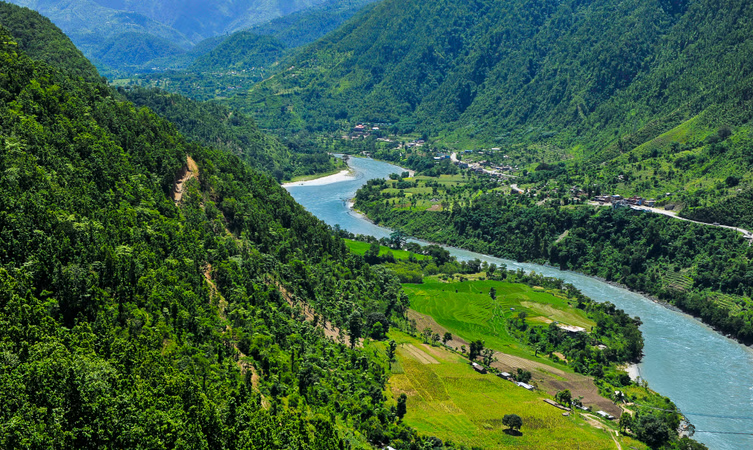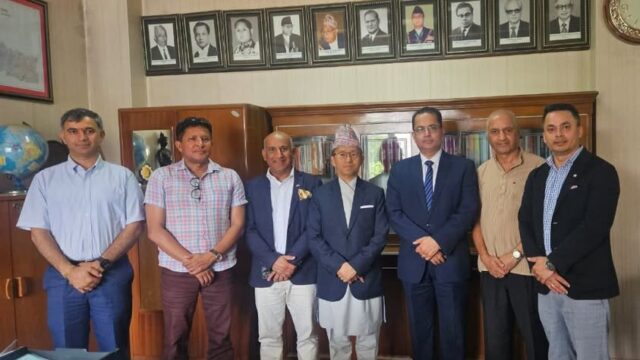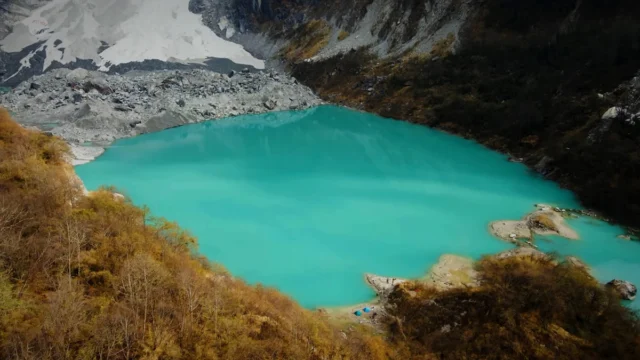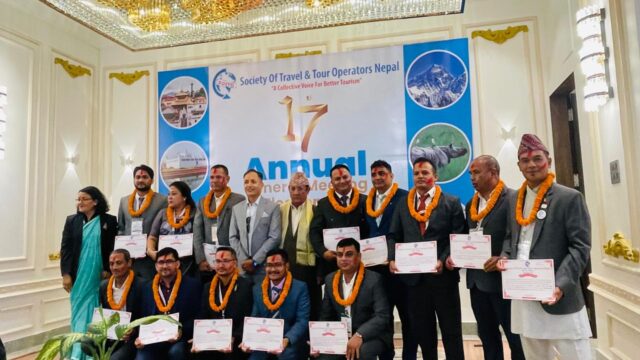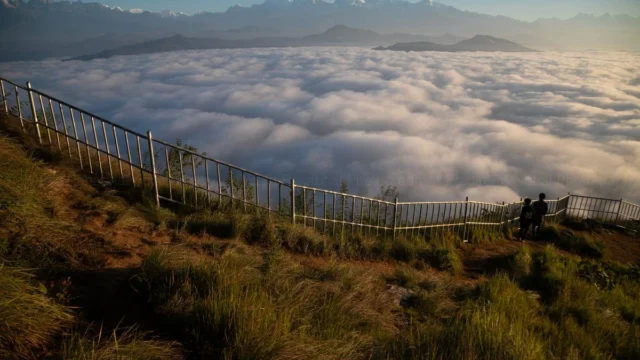Nestled in the heart of Nepal, the Trisuli River, renowned for its pristine beauty and exhilarating rapids, has become a focal point for adventure tourism in the region. Originating from the Tibetan Plateau and flowing through the scenic landscapes of Nepal, the Trisuli River offers not only a thrilling rafting experience but also a rich historical and cultural backdrop that attracts tourists from around the globe.
The Trisuli River has been integral to the local culture and economy for centuries. Named after the Hindu god Shiva’s trident, or ‘Trishul,’ the river holds religious significance for many Nepalese. It has historically served as a crucial water source for communities along its banks, contributing to the development of local agriculture and settlement.
In the 20th century, the Trisuli River’s potential as a hydroelectric resource was recognized, leading to the construction of several small hydroelectric projects. These developments not only provided a boost to Nepal’s energy sector but also facilitated improved infrastructure in the surrounding areas, further enhancing the region’s accessibility and attractiveness to tourists.
Today, the Trisuli River is celebrated for its thrilling white-water rafting opportunities. The river’s rapids, ranging from class II to IV, offer an adrenaline-pumping experience for both novice and experienced rafters. The scenic journey down the river is complemented by breathtaking views of the surrounding hills and forests, making it a favorite among adventure enthusiasts.
Moreover, the Trisuli River’s accessibility from major tourist hubs like Kathmandu and Pokhara makes it a convenient destination for both domestic and international visitors. The river’s proximity to popular trekking routes and cultural sites adds to its appeal, providing a diverse range of activities for travelers.
Efforts are being made to ensure that the tourism development along the Trisuli River is sustainable. Local communities are actively involved in eco-tourism initiatives, promoting responsible practices that protect the river’s natural environment while benefiting the local economy. These initiatives include community-based tourism projects, conservation programs, and educational workshops on the river’s ecological importance.
The Trisuli River’s rich history and natural beauty continue to captivate visitors, offering a unique blend of adventure and cultural heritage. As tourism grows in the region, the Trisuli River remains a symbol of Nepal’s vibrant natural and cultural landscape, drawing travelers eager to explore its depths and discover its story.
